Top 5 Trends in the Wood Manufacturing Industry

The Trends
We are now in an era where sustainability and technology are regarded as priorities. As a result, the woodworking business is changing frequently ranging from technology advancements to client preferences. Staying ahead of the competition is vital for businesses like Cutr to stay afloat in this dynamic market.
Sustainability
Sustainability has been on the rise and has been an important point within the wood manufacturing industry, continually increasing environmental awareness and regulatory pressures. More companies are adopting sustainable forestry practices, minimizing waste, and embracing eco-friendly production methods.
With issues that have been going on such as illegal logging and deforestation, questions have been raised on how sustainable the industry is and how to improve the situation/industry. Certifications such as the Forest Stewardship Council (FSC) or Programme for the Endorsement of Forest Certification (PEFC) assure that the goods that are provided meet the sustainable requirement, assuring consumers that the goods come from forests that have been handled with care.
Focusing and providing transparency in the supply chain enables the identification and reduction of unsustainable practices, while waste reduction and recycling initiatives minimize environmental footprint.

More companies are committing to sustainability at every step of the manufacturing process, from the sourced materials to the usage of energy-efficient production techniques. With the Life Cycle Assessment (LCA) a manufacturer can assess each stage to ensure that it suits the eco-friendly requirements which affect the environment. Companies can ensure that their practices align with eco-friendly requirements, thereby mitigating their impact on the environment.
By adopting these strategies, the wood industry leads its way to a more sustainable future. Together we can work to a better industry to ensure that wood products not only meet our needs today but also ensure that the following generations receive the sustainable support that is needed.
Digital Transformation
It is no wonder that the rise of technology usage and the sudden updates within the industry have an impact on the wood manufacturing industry. The increase of digital technologies is revolutionizing the wood manufacturing industry as well, easing greater efficiency, precision, and customization. Automation, robotics, and computer-aided design (CAD) software are streamlining production processes and enhancing product quality.
Such advancements in technology have also brought advantages within the wood industry, one of them being efficiency. Some of the engineered woods are Cross-Laminated Timber (CLT) and Cross-Laminated Timber (CLT) these wood innovations have been used widely within the wood industry making it more efficient to use and expanding the life cycle of wood products. These products are also more environmentally friendly than traditional wood products, as they can be made from recycled wood products.

Another thing that surfaces more frequently in the area of technology within the wood industry is Computer-Aided Design (CAD) Software. CAD Software enabled interior builders to design and bring their vision to life in a digital environment before going ahead with the production. The software aims to reduce waste of material, improving product quality and precision of modeling and customization. Moreover, it can be used as a communication tool between design teams, engineers, and interior designers to ensure smooth teamwork and collaboration during the production process.
Ready to bring your woodworking project to life? Contact Cutr now for a personalized quote within 12 hours! Simply reach out to us and let our expert team assist you every step of the way. Get started today!
Customization and Personalization
In today’s market, consumers want products that reflect their individuality and that fit their lifestyle. The outcome is that customization and personalization have appeared as pioneers within the trends, especially within the wood manufacturing industry.
From custom furniture pieces to tailored architectural elements, Cutr is offering its clients the ability to bring their unique visions to life. Not only that, our platform connects clients with a network of specialized manufacturing partners, guaranteeing unmatched customization and flexible options.

For example, CNC machines and CAD software play a role in the customization of interior buildings. CNC routers and mills can translate digital design files generated by CAD software into precise cuts, carvings, and engravings on wood surfaces. This level of automation ensures consistency and accuracy in the production of custom wood products and minimizes material wastage.

Moreover, Digital platforms like Cutr, connect customers with interior builders that have expertise in custom wood customization. These platforms optimize the customization process by providing a centralized interface where buyers may upload specifications for designs, work alongside interior builders, and track the status of their orders in real-time.
Embrace of Natural Materials
Natural wood's beauty and authenticity are becoming more and more valued in an era of mass production and synthetic materials. Products that portray a sense of comfort, quality, and sustainability are in high demand.
It is also indicated that there is a link between emotional- and well-being, and wooden materials. According to Ikei, Song, and Miyazaki (2017) is a link between wood materials and the physical minds of human beings. This includes brain activity, autonomic nervous system activity, endocrine activity, and immune activity. These responses may contribute to potential health benefits such as stress reduction and improved immune function.
.jpg)
In addition, wood's relatively low thermal conductivity means that it does not conduct heat as readily as materials like steel, concrete, and brickwork. Moreover, wood can absorb and release humidity in the air in response to a change in humidity level, it adjusts itself with the humidity level in the room.
Not forgetting to mention, craftsmanship also plays a role in embracing the natural materials and state of wood. Craftsmen have used different ways to work with wood to make many projects, like simple tools, bespoke furniture, and stunning buildings. These woodworking methods often show the special styles, skills, and creativity of different cultures, passed on from one generation to the next.
Collaboration and Partnerships
In the wood manufacturing industry, cooperation has become a key factor in innovation. To make use of their resources and experience, companies are developing strategic alliances with interior builders, suppliers, and technology providers.
Collaboration can fuel creativity within the industry, getting unique ideas and designs that further attract more clients and awareness around the industry. Companies are teaming up with interior builders, suppliers, and technology providers to innovate. These partnerships bring together diverse expertise, improving product design, sourcing quality materials, and integrating advanced technology.

With the help of Cutr's platform, our network of manufacturing partners can work together more effectively, resulting in smooth communication, effective project management, and outstanding customer satisfaction. It is also seen as a driver for innovation and sustainable growth.
Conclusion
One thing is certain as we explore the always-changing landscape of the wood manufacturing industry: success needs both innovation and adaptation. In addition to changing production procedures, these trends are also improving standard practices and expectations among consumers. Therefore, it is possible to meet the demands of clients while also fostering more sustainable practices for a better future for the next generations.
Let's go off on a creative, and crafted wood production journey together!
Upload your design file and get a quote
within days
Quality production with trusted production network.
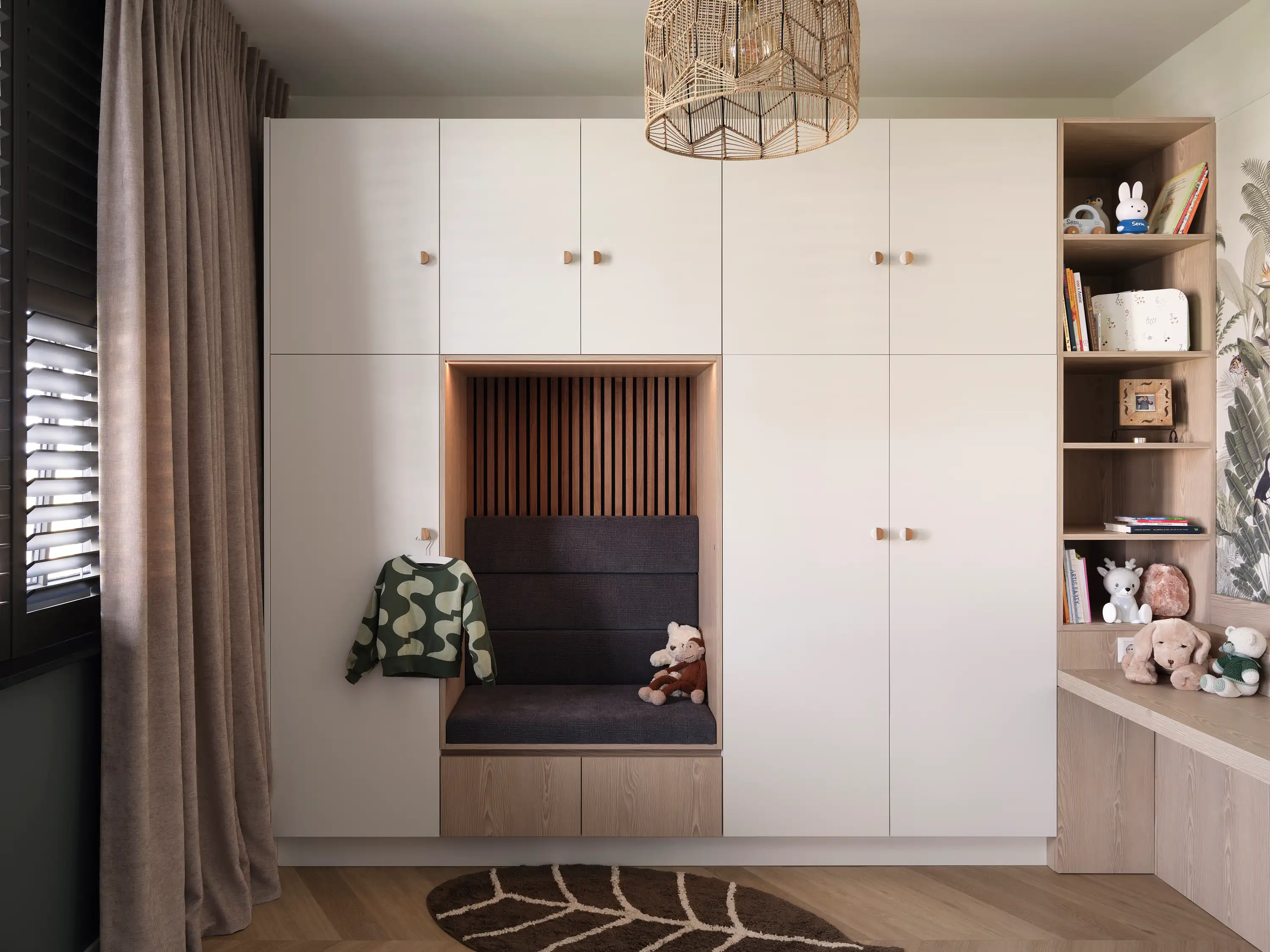


%20(1).webp)
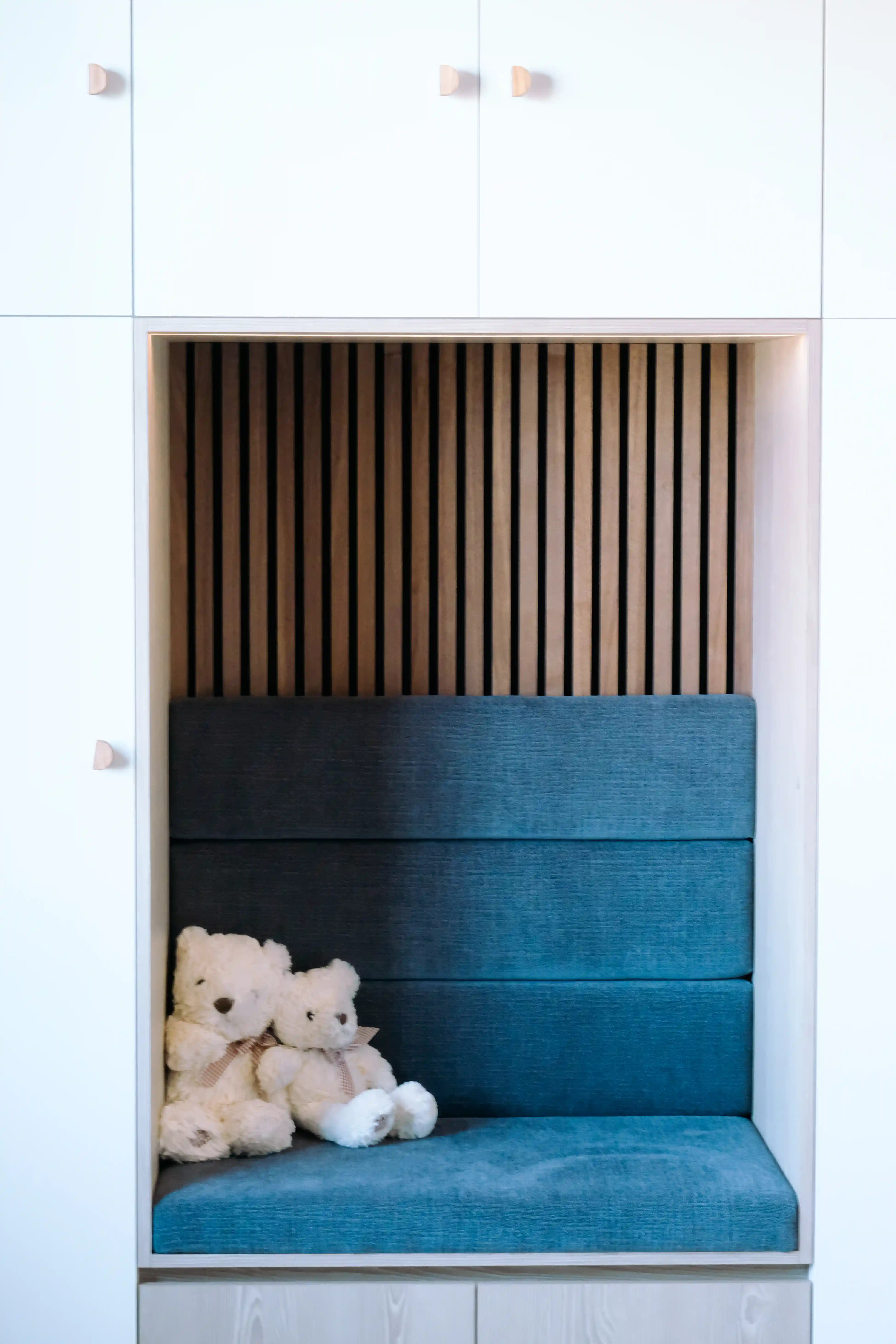
.webp)
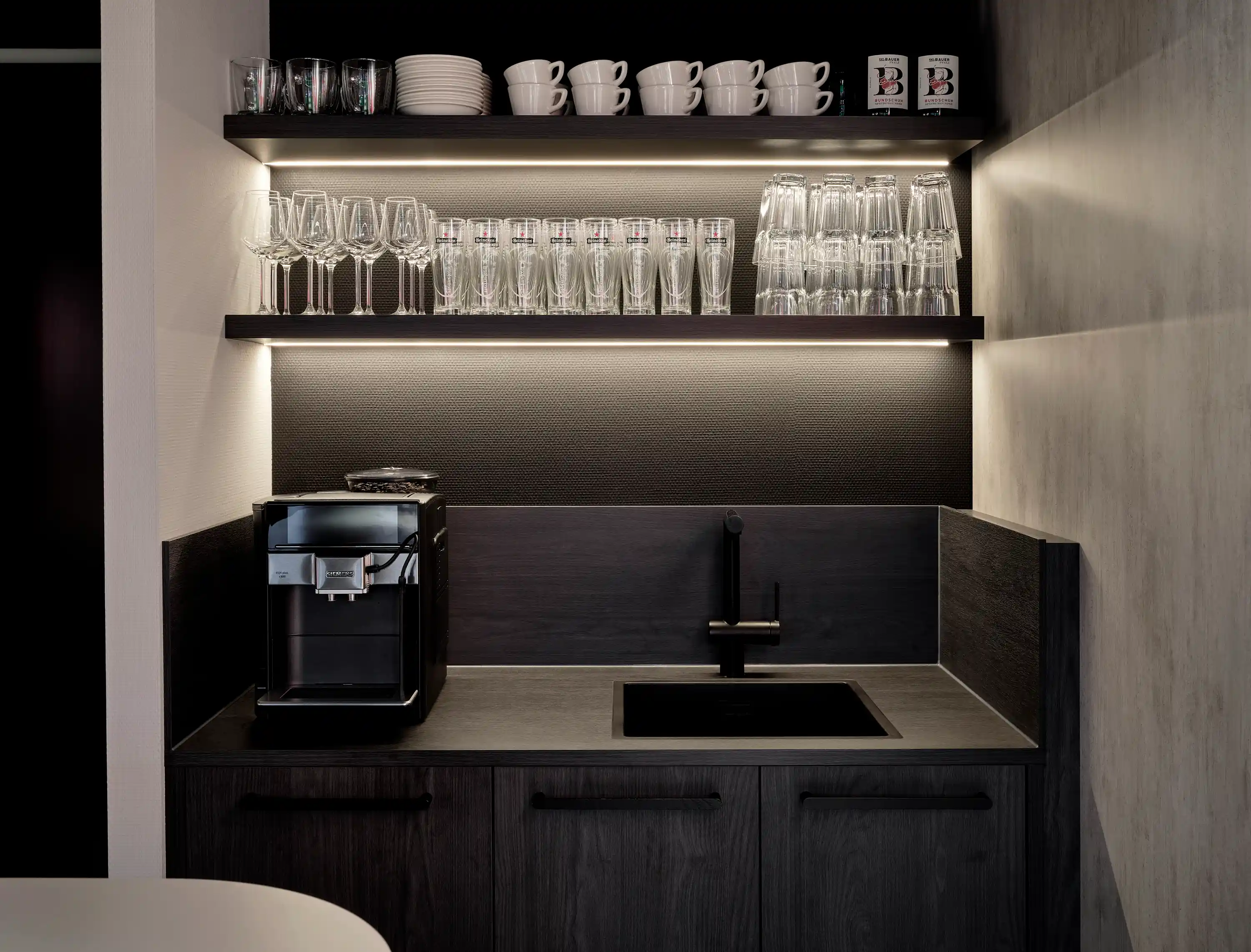
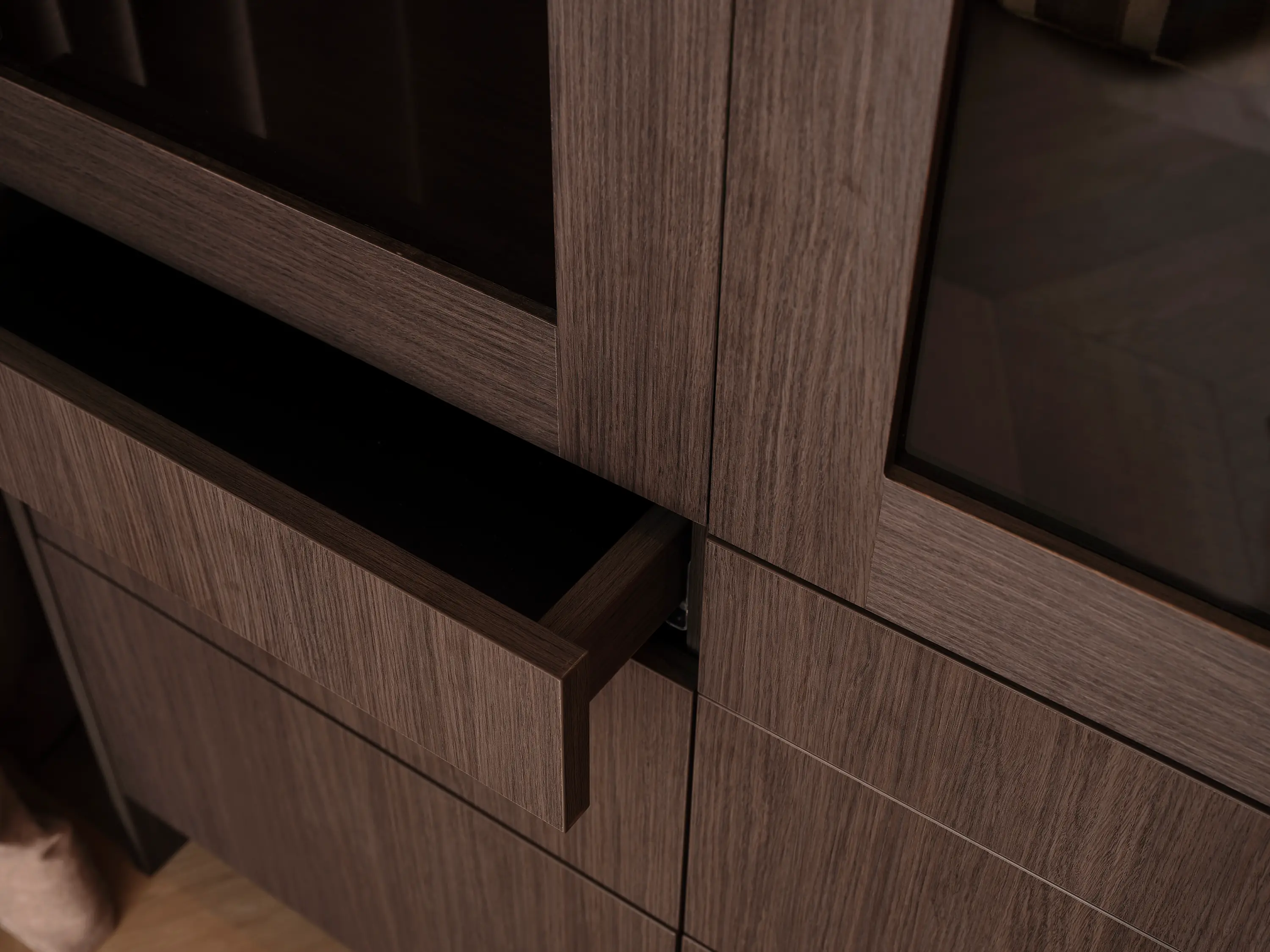
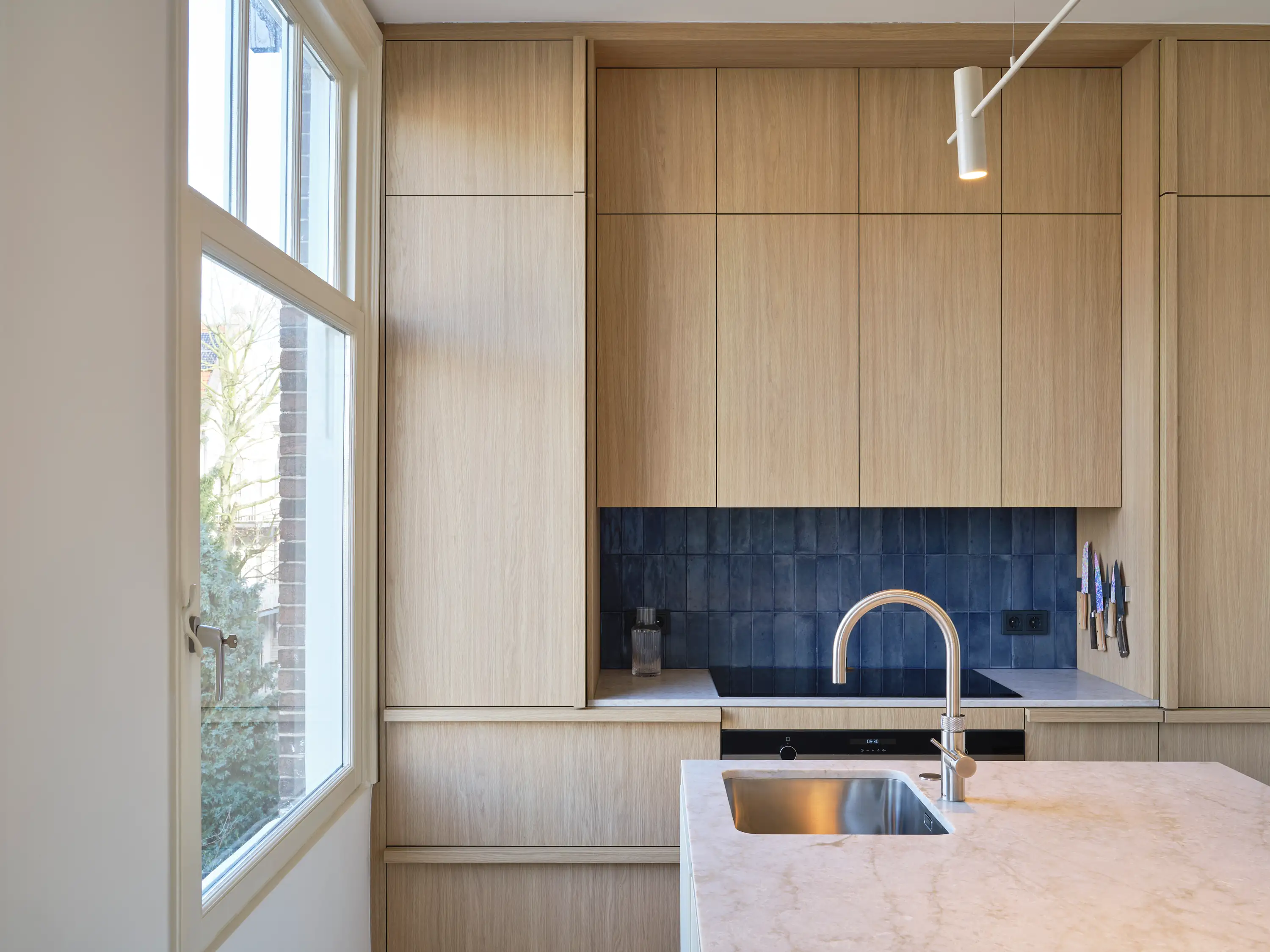




.webp)

%20(1).jpg)
